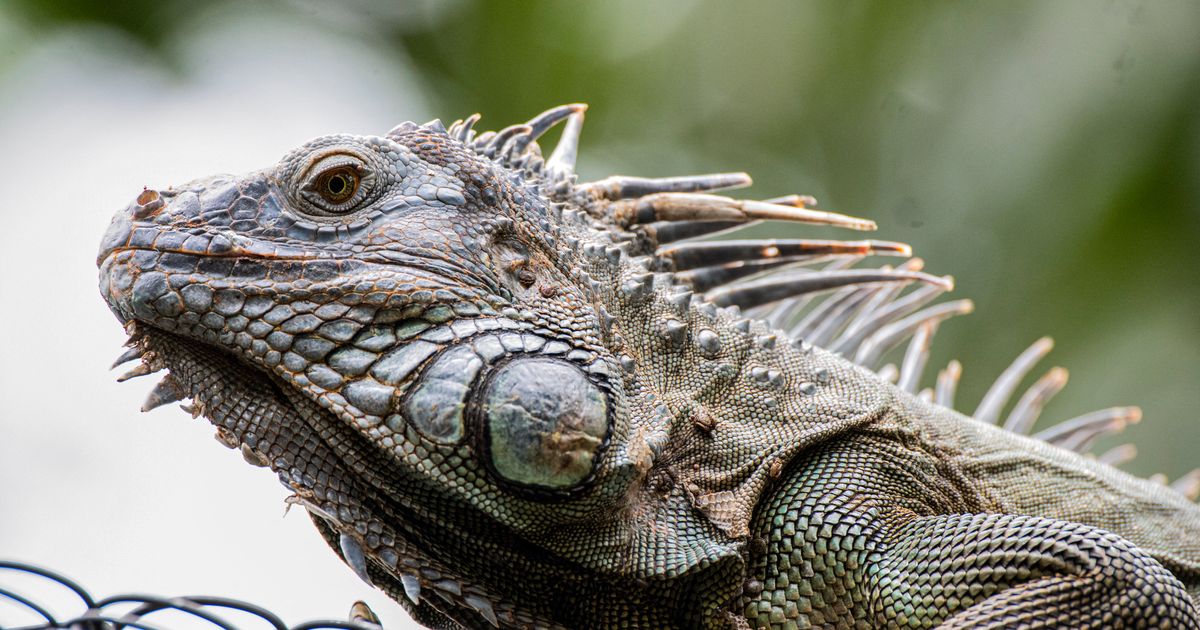
In a remarkable breakthrough, scientists have identified a unique marine ecosystem hidden beneath the waters off the coast of Chile. Located in the Kawésqar National Reserve, this discovery highlights the importance of marine conservation and the urgent need to protect ocean biodiversity. The find has captivated researchers and conservationists worldwide, not only for its ecological significance but also for the opportunities it offers to study and safeguard similar ecosystems.
The discovery was made in one of the most biodiverse yet underexplored regions of the world. This ecosystem, characterized by its complex structure and vital role in supporting marine life, represents a new frontier in ocean science. As threats like warming seas, pollution, and overfishing escalate, this find serves as both a warning and a beacon of hope for the future of our oceans.
The Unique Ecosystem in Kawésqar National Reserve
Nestled in the frigid waters of the Kawésqar National Reserve, the ecosystem discovered by scientists represents the shallowest and southernmost known red hydrocoral forest. Typically found in much deeper and colder waters, this hydrocoral forest thrives at depths between 1.23 and 33 meters (4 to 108 feet). Its shallow location makes it more accessible for study and conservation, unlike its deep-sea counterparts.
Hydrocoral forests, such as this one, are essential to marine life because they create what scientists call “marine animal forests.” These ecosystems provide a vital habitat for countless species, supporting breeding, feeding, and protection.
“The structural complexity generated by [marine animal forests] on the seabed is used by numerous species to settle and live, hide, feed or reproduce, so they are also true hotspots of biodiversity,” said Ana De la Torriente, a researcher at the Spanish Institute of Oceanography, per Rewilding Chile.
This forest’s vibrant, interwoven structure is a haven for marine species and an indicator of a healthy ecosystem, making it invaluable in understanding the dynamics of marine biodiversity.
Hydrocorals as Bioindicators of Ocean Health
Beyond their role as ecological building blocks, hydrocorals are essential bioindicators, providing insights into the overall health of marine ecosystems. Their stationary nature and sensitivity to environmental changes make them an invaluable tool for monitoring oceanic conditions.
“They are bioindicators. Because they’re species that can’t move, they’re super sensitive to any changes in the environmental conditions,” explained Ignacio Garrido, marine biologist and director of the Austral University of Chile’s coastal laboratory, per Mongabay.
Their sensitivity to shifts in temperature, salinity, and pollution underscores the importance of protecting this unique ecosystem. As climate change intensifies, ecosystems like the red hydrocoral forest can provide early warnings about the impact of environmental stressors on marine biodiversity.
Why This Discovery Matters
This discovery is not just a scientific milestone; it has profound implications for global conservation efforts. Protecting this ecosystem can yield significant benefits, including:
- Biodiversity Hotspot: Marine animal forests like these support numerous species, enhancing the overall health of the oceans.
- Fisheries Sustainability: By providing critical habitats, these ecosystems ensure the survival of species that are essential for commercial and subsistence fishing.
- Coastal Resilience: Healthy coral ecosystems protect coastlines from erosion and buffer against the impacts of storms.
- Global Awareness: The accessibility of this shallow hydrocoral forest makes it an ideal site for public education and engagement with ocean conservation.
The Kawésqar hydrocoral forest is also a source of inspiration for restoring and preserving similar ecosystems in other parts of the world. Innovative technologies such as robotics and automated restoration are already being used to rebuild coral reefs globally, and this unique find could guide future efforts.
The Call for Urgent Action
Despite the promise this discovery holds, it faces significant threats from climate change, human activities, and environmental degradation. Conservationists are urging swift action to protect the hydrocoral forest and ensure its long-term survival.
“The results of this study clearly demonstrate the presence of unique and singular ecosystems in the area. We need to implement management plans and strict protections to ensure their long-term survival,” said Ingrid Espinoza, Conservation Director of Rewilding Chile, to the Rewilding Institute.
Protecting this ecosystem requires comprehensive management plans that include monitoring, public education, and stricter enforcement of marine-protected areas. The success stories of coral restoration in places like Spain, Mexico, and Northern Ireland offer hope and a roadmap for conserving ecosystems like the Kawésqar hydrocoral forest.
Got a reaction? Share your thoughts in the comments
Enjoyed this article? Subscribe to our free newsletter for engaging stories, exclusive content, and the latest news.








Leave a Comment